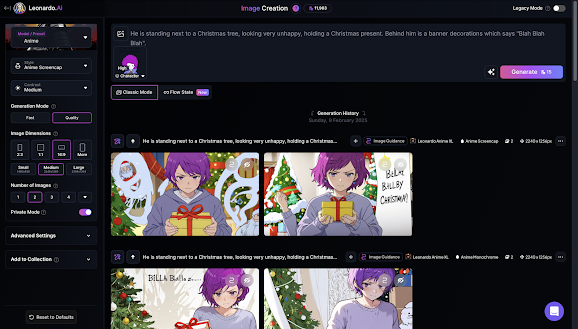#11 Create a Fun, Engaging Affinity Group Using Google Workspace Apps
Note: This blog may be of interest for educators who
a) wish to develop less formal, more organic extracurricular activities for students and
b) are already familiar with using most core Google Workspace apps.
_____________________________________________
In this blog let's take a look at how educators can use Google Workspace and the concept of Affinity Groups to develop rewarding and open learning opportunities for school students from elementary level upwards. To do this, let's answer four questions:
- What is an Affinity Group?
- What is an Ed-tech-based Affinity Group?
- How can you create an Affinity Group with Google Workspace apps?
- What is a clear example of an Affinity Group in action?
1. What is an Affinity group?
In a broad context, an affinity group is a group that allows students who share an identity — usually a marginalized identity — to gather and talk in a safe space about issues related to that identity. This may be, for example, High School or University students creating or joining a group related to race or sexual identity.
We are not interested in this kind of affinity group here.
2. What is an Ed-tech-based Affinity Group?
In the context considered in this piece, we are thinking about Affinity Groups based on Ed-tech learning theories. So, instead of concerning ourselves with political or social grouping issues we are simply taking the concept of grouping people (our students), based on their interests and hobbies, and creating activity groups that are not restricted by class or year level, nor by syllabus and curriculum.
These groups can be created in a face-to-face environment, or virtually online using Google Workspace apps. The face-to-face and the virtual can of course be mixed up to create opportunities for synchronous and asynchronous communication and learning.
3. How can you create an Affinity Group with Google Workspace apps?
If you are familiar with using the following Google apps, you will be able to easily set up an Ed-tech-based Affinity Group:
Gmail & Forms: Collect contact information and send out forms for research
Google Classroom: Students and Educators use the Stream to freely communicate and share
Slides: Present any key ideas or information
YouTube: Students and Educators can post interesting YT videos they find or make into the Google Classroom
4. What is a clear example of an Affinity Group in action?
During the pandemic schools were closed for long periods. Extracurricular activities were suspended. Continuing lessons online, I became aware that many of the students at my elementary school were always talking about and sending messages about the Roblox gaming platform. I knew little about it but decided to look into it.
As someone who teaches English as a Foreign Language (EFL), I immediately saw the potential for channeling lots of informal reading, writing, listening and speaking activities through the big interest of many of my students - Roblox. Given that the English level of my students varied greatly across individuals within the school and within the different year levels, creating a group open to anyone in the entire school made sense.
I set up a Roblox Game-makers Group.
For more information on the online process click here
This example should give a clear idea of how easy it is to set up an Ed-tech-based Affinity group. Just make sure it's something the students have told you they are interested in.
As we were in lockdowns and/or school closures, it had to be done completely online. But the group has continued as we have moved out of pandemic restrictions and we now have a Roblox Group which meets and communicates both online in our Google Classroom and face-to-face at school through our Roblox Recess Group.
For more information on the face-to-face process click here
- It's quite easy to find out about your students' interests.
- Then you can set up a group in Google Classroom.
- You don't need to create formal learning tasks; let your students teach each other about things they are interested in.
.png)
.png)
.png)



Comments
Post a Comment